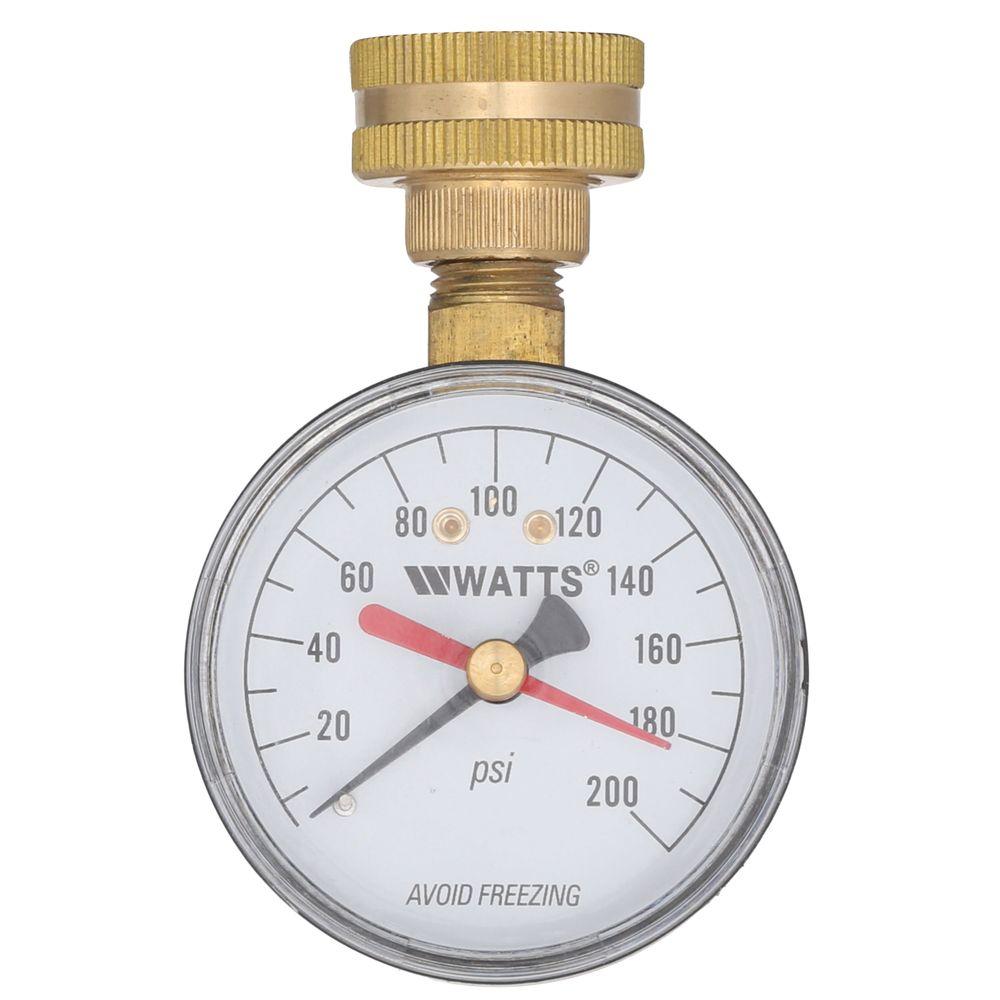Try turning up the pressure of water in your house.
Many municipalities supply water with far greater pressure than you need, and you will have one of these 'pressure regulating valves' (PRV) in your basement, or perhaps in the meter pit.

Be careful that you don't turn it up too high though. It's there to protect things from bursting. I'm happy with 35psi, I think 75psi is a good max upper limit, but you should google your water heater, ice maker, and anything expensive that's connected to the water supply.
To measure pressure before you adjust, you can pick up a water pressure gague too. It's worth it before you go messing with this.
 In my house there's a spigot with unregulated pressure BEFORE the PRV, and there's a spigot on the hot water heater AFTER the PRV, for you to compare.
In my house there's a spigot with unregulated pressure BEFORE the PRV, and there's a spigot on the hot water heater AFTER the PRV, for you to compare.
Adjusting the PRV will affect the pressure of water everywhere in your home. So if you wanted to ONLY increase it upstairs you'd need to add a second PRV to your system, install a second hot water heater, and plumb the upstairs separately.
A word of caution. Even if everything is rated to handle the higher pressure, the day you turn it up, if something has weakened over time that you don't know about that's likely to push it over the edge, so be ready to deal with a leak.
To know if there's a leak:
Leave that pressure gauge on, and get a baseline for any natural leak rate before you adjust the PRV. To do this, turn off all sinks/showers/appliances, write down the pressure, then shut off the water supply to the house. The pressure should stay the same. Wait 24 hours, and make note of any pressure drop. Repeat several times until you have a consistent expectation of how pressure normally drops over the course of 24 hours.
You could use a shorter duration of time, like 6 hours, but be consistent when you re-test so you can get a consistent reading.
Repeat this testing AFTER your adjustment. If the pressure goes down much quicker after the adjustment there's a leak somewhere. If it's not obvious where, you might be able to find it using FLIR imagery taken before and after the adjustment.


